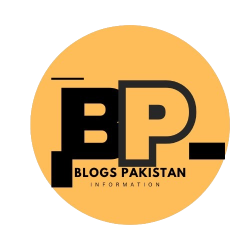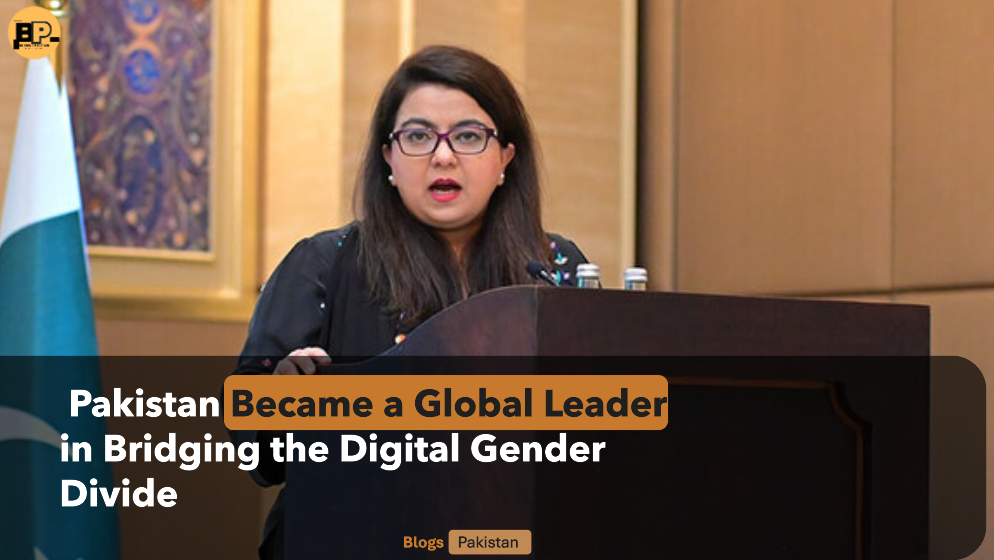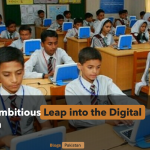Introduction: A Digital Revolution Rooted in Inclusion
In the heart of rural Pakistan, a quiet revolution is unfolding. Women who once faced cultural and economic barriers to connectivity are now scrolling, learning, and thriving online. The GSMA Mobile Gender Gap Report 2025 reveals Pakistan’s extraordinary achievement: the largest annual reduction in the mobile internet gender gap worldwide. From 38% in 2023 to 25% in 2024, this leap marks Pakistan as a beacon of inclusive digital progress. Let’s explore how this South Asian nation rewrote the rules of digital inclusion.
The 2024 Milestone: A Year of Unprecedented Growth
Pakistan’s digital landscape transformed dramatically in 2024. Over 8 million women and 5 million men began using mobile internet, with rural women leading the charge. This surge narrowed the gender gap by 13 percentage points—a feat unmatched globally.
Key Statistics Highlighting Progress
- Mobile internet adoption among rural women: Increased by 15% (2023–2024).
- Male adoption growth: 7% year-on-year.
- Total new users: 13 million in 2024 alone.
These numbers reflect a societal shift, where connectivity is no longer a luxury but a tool for empowerment.
Driving Forces Behind Pakistan’s Success
Pakistan’s progress wasn’t accidental. It resulted from strategic collaborations between policymakers, telecom giants, and grassroots advocates.
1. Government Policies Paving the Way
The Pakistan Telecommunication Authority (PTA) spearheaded change through its Digital Gender Inclusion Strategy. Key initiatives included:
- Subsidized smartphones for low-income women.
- Digital literacy workshops in underserved regions.
- Partnerships with local influencers to challenge social stigmas.
2. Telecom Companies Stepping Up
Under the GSMA Connected Women Commitment Initiative, major cellular operators like Jazz, Telenor, and Zong prioritized gender-inclusive services. Efforts included:
- Affordable data plans tailored for women.
- Female-centric marketing campaigns.
- Community helplines to troubleshoot tech barriers.
3. Grassroots Movements Creating Ripples
Non-profits like Pakistan Youth Change Advocates (PYCA) trained women in digital skills, while community centers became tech hubs. Stories like Fatima, a farmer using WhatsApp to track crop prices, inspired thousands to go online.
Impact: How Connectivity is Transforming Lives
Mobile internet isn’t just about access—it’s about opportunity. Here’s how Pakistani women are leveraging this tool:
Education & Skill Development
Platforms like Taleemabad and Coursera enabled women to pursue online courses, with enrollments rising by 40% in 2024.
Entrepreneurship Boom
Female-led startups increased by 22%, as platforms like Daraz (Pakistan’s Amazon) empowered women to sell handmade crafts nationwide.
Healthcare Access
Telemedicine apps like Sehat Kahani connected rural women to female doctors, reducing maternal mortality rates by 18%.
Challenges Ahead: Sustaining the Momentum
Despite progress, hurdles remain:
1. Affordability Barriers
While data costs dropped by 30%, smartphones remain unaffordable for 45% of rural households.
2. Digital Literacy Gaps
Only 1 in 3 women in Balochistan can navigate apps independently, highlighting the need for targeted training.
3. Cultural Resistance
In conservative regions, 20% of women reported familial pushback against mobile use.
Pakistan as a Blueprint for Global Digital Equity
The GSMA report positions Pakistan’s model as a roadmap for nations like Nigeria and Bangladesh. Key takeaways include:
- Public-private partnerships as catalysts for change.
- Localized solutions addressing cultural nuances.
- Data-driven policies to track progress.
Conclusion: The Future is Connected—and Female
Pakistan’s journey from a digital divide to a digital leader proves that inclusion is achievable. As 5G networks expand and AI-driven solutions emerge, the focus must stay on empowering women. For other nations, the message is clear: Invest in equity, and the returns will transform societies.
Let Pakistan’s story inspire your community. Whether you’re a policymaker, entrepreneur, or advocate, the time to act is now. After all, the next global digital success story could be yours to write.
digital gender gap, women’s mobile internet growth, GSMA report 2025, PTA inclusion strategy, mobile operators in Pakistan, rural women connectivity, digital empowerment, gender equity initiatives.










